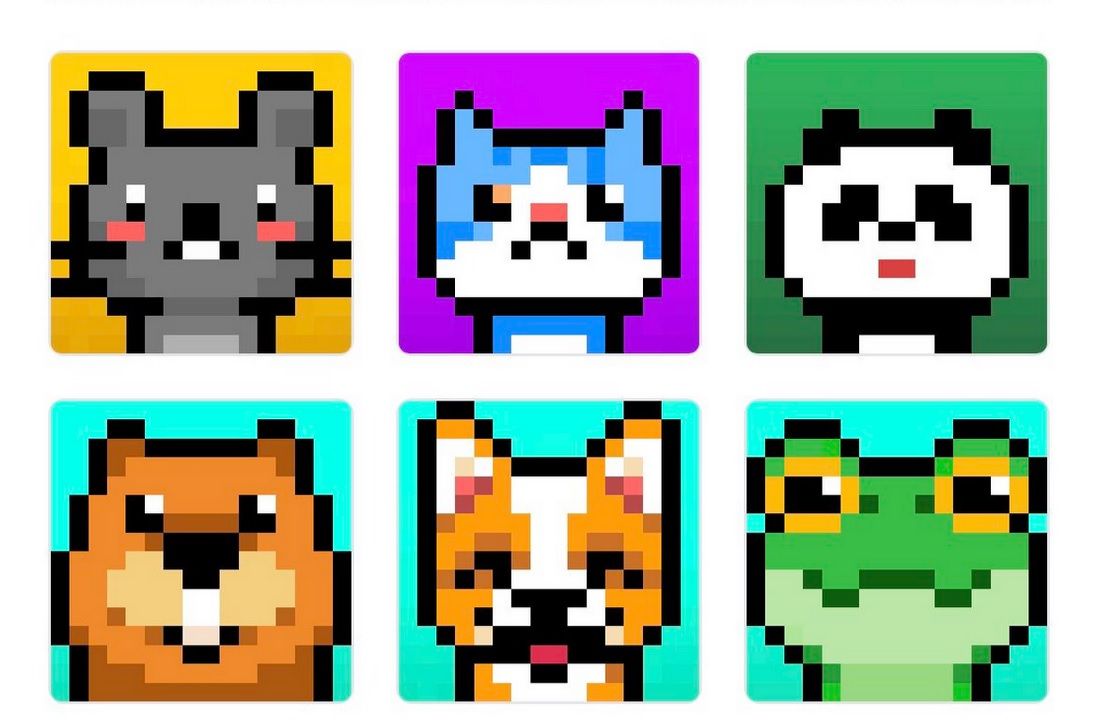A new wave of Bitcoin Ordinals seems to be coming, with a new token standard proposed Monday by the Ordinals launchpad platform Luminex.
BRC-69 presents an innovative approach to streamline the process of making inscriptions, resulting in reduced time and cost compared to the current method. The new proposal comes a month after developers of Bitcoin Ordinals introduced the concept of recursive inscriptions as a solution to the existing block size limit of 4 MB.
Recursive inscriptions (wtf is it) provide users with a mechanism to extract data from existing inscriptions and use it to create new ones. If normal Ordinal inscriptions that represent arbitrary digital objects written directly to the Bitcoin blockchain act independently of one another, recursive inscriptions enable multiple inscriptions to reference each other's content using a specific syntax.

Bitcoin’s blocks’ limited capacity has been a point of contention for at least half of its history, sparking a new debate when Ordinals were introduced (leading to significant transaction fees and bloating the blockchain with arbitrary data).
@LeonidasNFT, a self-proclaimed NFT historian and Ordinals collector, emphasized recursive inscriptions have massive implications. Since they allow users to elude the 4-megabyte Bitcoin block size limit, then “the sky is the limit,” he tweeted:“Bitcoin is essentially getting an internal internet where every file can request data from the other files on Bitcoin. It's unclear yet exactly how people will use this but it is undoubtedly an important moment in the history of Bitcoin. Explorers such as the official ordinals explorer (ordinals.com) and @ord_io will soon support recursive inscriptions effectively turning them into a Bitcoin web browser. Have fun surfing Bitcoin!”


